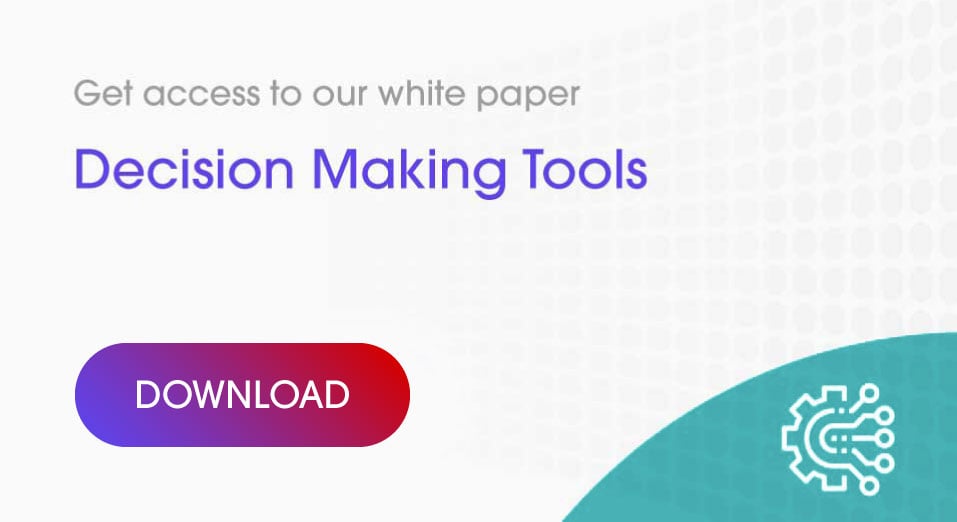The shift to remote learning has been surprisingly seamless thanks to the unprecedented availability of employees combined with all the new technology available. Organisations have rapidly implemented a “bucket-load” of online learning and virtual training during the recent downtime. Face to face facilitation has transitioned to eLearning content supported by asynchronous website or social media components and virtual learning events. Will this type of learning model stick?
It has become quite clear that corporate education and training will never return to the in-person classroom. Sure, there will be exceptions where training will be necessary in-person (think physical equipment, medical labs, etc.) – but any education and training that can be done online will be done online, always, from this point forward. The reasons for this are simple: companies have realized they can do it faster, more effectively and less expensively online while their employees also widely prefer it.
[Forbes.com, 2020]
From schools, universities, gyms, and coaches to corporate classrooms, content development and curation, using a variety of media and platforms, has rapidly over-taken previous models. Multichannel content curating is a much sought-after facilitator competence. The world of corporate training is leveraging both digital technologies and new course design principles to engage their remote workforces.
Facilitating Virtually
Managers can’t push the pause button on capability building, so the moment belongs to virtual learning.[McKinsey, 2020]
McKinsey [2020] has suggested some tips for creating an in-person feel to virtual training sessions which can be summarised as follows:
- Good learning is strongly linked to a good learning experience. So be familiar with the technology and test it well before the event. Ensure you supply the appropriate meeting link, alternative dial-in phone numbers, and where to get technical support;
- Assign roles e.g. moderator to manage participation and time;
- Send any materials out in advance;
- During the session, leverage the technology to engage participants. Ensure you use video to see facial expressions and hand gestures. Plus, participants can see each other making it more real and personal;
- Use tools like polling, chat and virtual break out rooms to engage actively in real-time;
- After the session, follow up with relevant related materials;
- Solicit feedback on the session’s technology, content and facilitation. Don’t forget to share the results with the participants and other learning specialists; and
- Follow up on any technical issues experienced, to resolve them before the next session.
The Tech Tangle
Challenges that may emerge when transitioning to this new model, will include the obvious, such as infrastructure and software, change management, data collection, analytics and reporting, and even cybersecurity. Challenges and opportunities often arrive hand-in-hand as we discuss below.
What is essential? While learners can set up the home office, many will go truly mobile, taking their learning experience to gardens, cafes and shared spaces [when their world opens for business again]. Even if the participant is back to working from the office, they can move around within their office or access learning during the commute or travel on their mobile devices. All content should be mobile compatible. Anywhere, anytime, in any format should be the benchmark we all adopt. Ensure you include social and community elements in your learning programs to reduce the sense of isolation of participants.
What is new? Virtual Reality [VR] and Augmented Reality [AR] can eliminate distractions and make the learning experience more engaging. Interactive video is increasing in popularity as it is achieving good rates of content consumption and retention rates. Soon, automated predictive analytics should drive changes in content curating to personalise the learning experience. Artificial Intelligence [AI] will create personalised learning pathways for each individual based on performance and preferences.
What challenges should we expect? New challenges are emerging as many third-party platforms are utilised for remote training, including employee privacy issues and third-party use of employee data. [Keep in mind that more than 90 per cent of cyberattacks start with phishing e-mails, according to a Consortium of School Networking (CoSN) report on the top five cybersecurity threats for educational institutions.] Avoid using platforms that require participants to set up new accounts. Accounts should be set up by internal specialists only using corporate sign-ons and authentication. Any content, including audio or video recordings, need to be protected. Good cyber-security practices should be part of any remote and online learning program. Also remember that for many employees, the move from face to face interactions whether with their customers or their colleagues is a change, and should be managed with empathy and attention.
Remote learning sounds good for all involved – organisations, facilitators, learners and secure platform providers. Learners basic needs to learn effectively are a quiet place, engaging content, a social channel to share challenges and successes and the right hardware and software to ease the experience. However, everyone learns differently and has learning preferences. The challenge is how to create content for different learning styles across multiple platforms and media formats in an economical and scalable way to meet the needs of the employee.
It all sounds a little like ‘Omni Channel Customer Engagement’ – only this time the customer is internal.
Ask us about our best practices for remote engagement.
Article Contributor: Melanie Brown, Managing Partner
If you are interested in our immersive learning solutions on remote engagement, contact Actando.
The Actando Consulting Team













